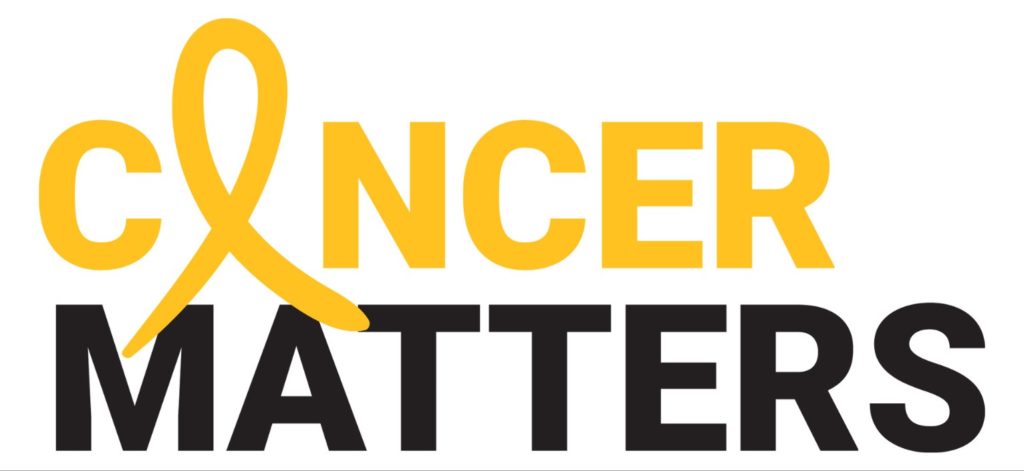
In an earlier installment, I highlighted the seven cardinal patient rights (1):
- Right of Access
- Right of Safety
- Right of Respect
- Right of Partnership
- Right of Information
- Right of Providing Feedback
- Right of Privacy
I also elaborated on the first right for cancer patients: the right of access. Following behind this right very closely is the second right: the right of safety.
A patient’s right of safety means that a patient has the right to receive safe, high quality, evidence-based care in a safe environment. This is also a highly contentious right; and is very connected to the right of access in many ways.
The right to safety if often very superficially interpreted as having a safe hospital environment in which the patient is treated; and is even extended to mean that patients should receive safe treatment – i.e. medicine that is of an established quality and approved based on internationally accepted standards. This is something that all patients in Malaysia must receive at all times. There can be no compromise on this.
However, incidents do occur. The Ministry of Health as well as private hospital administrators always prioritise patient safety as a key issue. However, electrical short-circuits resulting in fire incidents, or parts of hospital building collapsing have happened in the past; with a disastrous end for the patients’ involved.
Individual patient safety is also a matter of concern, as health system-related errors (termed as iatrogenic) such as medical errors also hugely compromise patient safety. In fact, it is estimated in the US that 250,000 deaths are caused by medical errors (the third leading cause of death)! (2).
These scary statistics as well as anecdotal evidence is always given by advocates of ‘alternative’ medicine to get people off the mainstream treatment wagon and into their own ‘brand’ of treatment. I even have a patient from Johor who refused to get admitted at the General Hospital for surgery as she was told that she may require ICU care after surgery, and she had been reading how ‘wires in the ICU’ in that particular hospital always ‘tripped’ and caused fires from which she could get trapped and die.
This sounds to be highly implausible today as you read this, but take this into account: this happened right after the-then infamous hospital fire incident in the same state and at that time, seemed to be plausible enough that the patient ended up going to a private hospital in Penang!
It is due to issues like this that patient safety remains high enough on the priority list for health system managers — both in the public or private sector. Anything seen to be compromising patients’ safety has huge negative repercussions for the entire health sector, irrespective of whether it is true or not.
Take the Covid-19 issue ongoing currently. As patients start to appear in different private hospitals, numerous WhatsApp messages are already circulating to different stakeholders to tell to avoid that particular hospital. This is even though the hospitals have publicly informed that they are carrying out disinfection and decontamination procedures, the perceived threat to patient safety is more than enough to keep patients’ away. That’s a sad but true fact.
On the other side of the coin though, there are literally thousands of processes that are in place for patient safety throughout the health sector, be it from procedures to prevent ‘falls from (hospital) beds’ to multiple steps that have to be carried out to ensure that patients are not given wrong medication, for example. There may be some minor hiccups in provision of patient safety but these remain minor, for the most part.
For cancer patients, however, the issue of patient safety cannot be understated. As it stands, patients go into cancer treatment with an unreasonable, yet legitimate, fear of chemotherapy. Any safety issues, whether real or not is something seized upon as a reason to discontinue, skip or change treatment.
This seems to extend to the use of ‘bogeyman’ generics as well – people still seem to have the idea that generics are unsafe although, in Malaysia for these drugs to be used, they have to undergo extensive testing and approval from the National Pharmaceutical Regulatory Agency (NPRA). And this comes into the realm of patient safety as well.
There is a misconception by patients that the right of safety requires them to get originator drugs. When they are given generics, they feel that they are receiving unsafe treatment. This needs to be clarified. The choice of drugs, be it in the public or private sector, is based on safety.
Only drugs that are of proven benefit and safe are registered and thus allowed into the country to be used. Thus while it may be a privilege for a patient to get originator drugs (depending on type, availability and price of it being sold to the government), it is not a right.
However, there is another aspect to patient safety that needs to be raised as well. Earlier, I did elaborate on how patient safety and how it involves the patient’s right to high-quality, evidence-based treatment. In that context, it must be made aware that some of these treatments are unfortunately kept away from patients due to high costs; and nowhere is this more prevalent than in cancer where treatment costs are sky-high.
If we (as in health system managers) rightly argue that patient safety is not compromised in the case of providing generic drugs when and where such quality generics are available, should we also not extend the case of patient safety to provision of high-quality, evidence-based treatment to patients?
Denying them treatments which have been accepted as the standard-of-care may be denying these patients the right to safe treatment. That is a violation of a patient’s right.
References
- Cancer Council Australia. Cancer Care and Your Rights. 2nd ed. Sydney: Cancer Council Australia; 2019.
- Anderson JG, Abrahamson K. Your Health Care May Kill You: Medical Errors. InITCH 2017 (pp. 13-17).

Cancer Matters is a column on various issues related to cancer in Malaysia. Dr Murallitharan M. is the Medical Director of the National Cancer Society of Malaysia (NCSM). He can be reached via email at [email protected]
- This is the personal opinion of the writer or publication and does not necessarily represent the views of CodeBlue.








